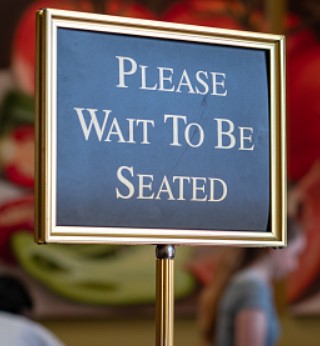
In recent years, pre-check-in stations have become increasingly popular in various industries, including the hospitality sector. With the ongoing COVID-19 pandemic, pre-check-in stations have become a vital tool for restaurants to streamline their operations, reduce wait times, and provide a better customer experience. In this article, we will discuss how pre-check-in stations will affect restaurants and customer service.
Firstly, let’s define what pre-check-in stations are. These stations are designed to speed up the check-in process by allowing customers to enter their information, such as name, contact details, and seating preferences, before arriving at the restaurant. This information is then stored in the restaurant’s database and can be accessed by staff when customers arrive. Pre-check-in stations can also provide customers with important information, such as menus, specials, and promotions, before they arrive, reducing wait times and providing a better dining experience.
One of the most significant benefits of pre-check-in stations is the reduction in wait times. Traditionally, customers must wait in line to be seated or to have their details taken by staff. This can be a frustrating experience, especially during peak periods. Pre-check-in stations can reduce wait times by allowing customers to enter their information beforehand, so when they arrive, staff can quickly retrieve their details and seat them. This not only improves the customer experience but also allows restaurants to turn tables over more quickly, increasing revenue.
Pre-check-in stations also provide restaurants with valuable customer data. By collecting information such as seating preferences and dietary requirements, restaurants can tailor their offerings to better meet the needs of their customers. This can lead to increased customer satisfaction and loyalty, which is critical in a highly competitive industry.
However, the implementation of pre-check-in stations does have some potential downsides. For example, customers who are not familiar with technology or who do not have access to the internet may struggle to use these stations, leading to frustration and confusion. This could potentially result in negative reviews or a decrease in customer satisfaction.
Another concern is the potential for pre-check-in stations to replace human interaction. Many customers enjoy interacting with staff members and may find the use of pre-check-in stations impersonal. Additionally, if not implemented correctly, pre-check-in stations may cause confusion or lead to errors in seating arrangements, further exacerbating any negative impact on customer service.
In conclusion, pre-check-in stations have the potential to revolutionize the restaurant industry by reducing wait times, providing valuable customer data, and improving the overall dining experience. However, the implementation of these stations must be carefully planned to avoid any negative impacts on customer service. Ultimately, pre-check-in stations should be seen as a tool to assist staff rather than a replacement for human interaction. With the right approach, pre-check-in stations can be a significant asset to restaurants looking to improve their operations and enhance customer satisfaction.
